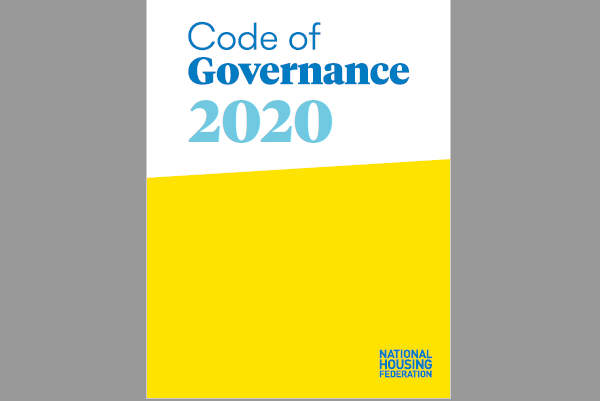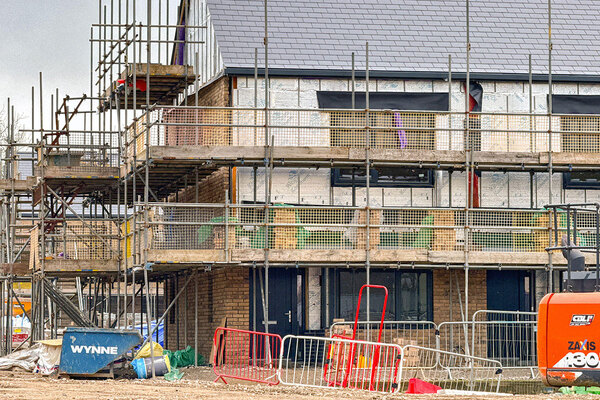You are viewing 1 of your 1 free articles
What is in the NHF’s new code of governance?
The National Housing Federation (NHF) has published a new code of governance for its members. Peter Apps offers an overview of some of the main points
The NHF has published its first new code of governance in five years. A baseline for many housing associations to establish their own governance arrangements, this is an important document for the sector.
The new code is a complete reworking of the previous version and the NHF has focused on three key areas in its development:
- Upholding reputation of the sector
- Ensuring equality, diversity and inclusion within all housing associations and their boards
- The importance of being accountable to residents
It has four headings: mission and values; strategy and delivery; board effectiveness; and control and assurance. So what does it say?
Mission and values
This heading includes a range of measures to ensure housing providers stick to a social purpose that is defined and regularly reviewed by its board. It includes measures such as the board having insight into the views of residents, including complaints, and policies to uphold safety.
On equality and diversity, the code requires boards to have “a clear and active commitment” to achieve diversity and inclusion in all of its activities, including its own composition, monitoring them and publishing updates annually.
It also asks for a code of conduct and measures to declare and manage conflicts of interest. On accountability, it sets out various measures including the need to “respond in a considered, open and transparent way” to requests for information and to set out reasons if it declines.
The code also requires the board to provide opportunities for residents to scrutinise the organisation and to hold it to account.
Strategy and delivery
This heading includes that when the board is considering whether the organisation has the resources to meet its objectives, it takes into account “value for money, financial sustainability, carbon neutrality and environmental sustainability, and social sustainability”.
In a specific section on chief executives, the code requires pay to be kept “proportionate to the organisation’s size, complexity, level of risk and resources”, as well as an annual appraisal process by the board and approval of any severance payments.
It also says the board should have “demonstrable oversight of the organisation’s performance” and measures to manage complex group structures and joint venture arrangements.
Board effectiveness
This section contains a number of key guidance points on the successful operation of the board, including the separation of the chair of the board from audit functions and clarity over the role played by executives on the board.
The functions of the board include setting and ensuring compliance with the values and mission of the organisation, establishing a positive culture, functioning efficiently and the power – if necessary – to dismiss the chief executive.
The code suggests the board should have between five and 12 members, with executives in a minority. It calls for the board to have members with diverse backgrounds and attributes as well as people with “direct lived experience” of the communities the organisation serves.
It also contains guidance on renumeration for board members and tenure, which it says should be no longer than six years except in special circumstances. Appraisal of board members, including the chair, should be carried out every two years.
Control and assurance
This section contains passages ensuring the organisation maintains a system of internal audit and an appropriate relationship with its auditors. It says an audit committee (separate to the main board) should contain “at least one person with recent and relevant financial experience”.
It also has detailed measures on the management of risk and compliance, as well as ensuring “appropriate whistleblowing policies and procedures are in place”.
What has changed?
The new code is a completely new document from the 2015 incarnation and is slimmed down – running to 16 pages compared with 40 last time. Many of its requirements and suggestions will be new obligations for housing associations to adopt.
For example, the recommendations around diversity are entirely new, as is the frequent emphasis on safety and the ability for residents to hold the organisation to account – reflecting rising concern about all these matters in the sector since the publication of the prior code.
The code is also more specific around its requirements for chief executive remuneration, potentially reflecting the reputational risks to the sector of perceptions of excessive pay.
Sign up for our regulation and legal newsletter
Already have an account? Click here to manage your newsletters
Related stories












